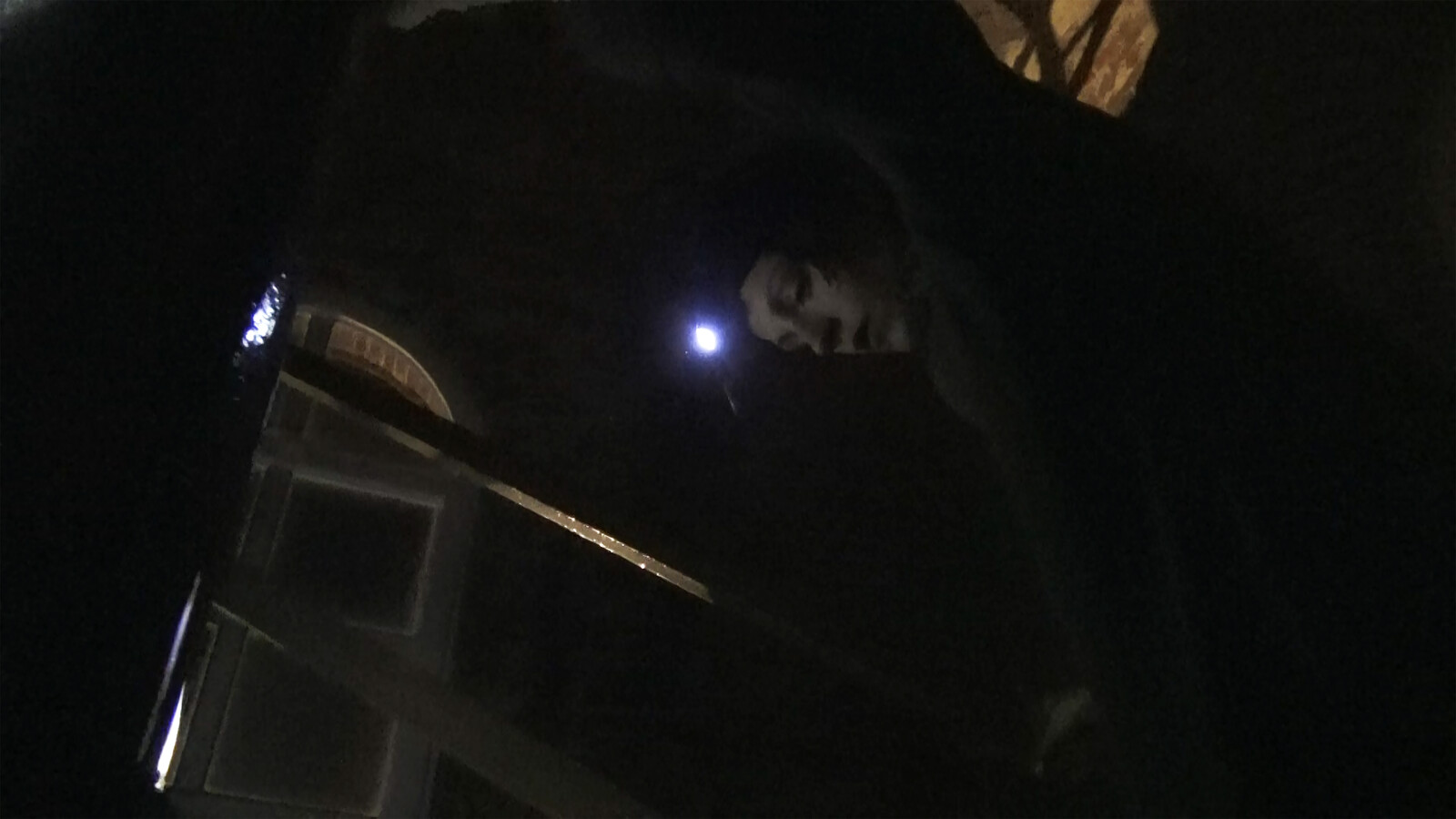Cyclic Indirections
September 18–December 4, 2022
Karlsburg 1/4
27568 Bremerhaven
Germany
Hours: Tuesday–Friday 11am–6pm,
Saturday–Sunday 11am–5pm
T +49 471 46838
F +49 471 417550
info@kunsthalle-museum-bremerhaven.de
To orientate oneself means asking “How to go on from here?” and thus marks a moment from which life and the world unfold, from which directions appear that we can or cannot take. Orientations are embedded in contexts, they result from an interweaving in society that gives us directions, points to lines and suggests which paths to take, which paths we can imagine and which ones we deem possible. Therefore, orientations are not “free” but shaped by an “outside” and thus always permeated by a certain “violence” or dominance. But “if orientations point to the future, to what we are approaching,” as Sara Ahmed says, “then they also provide possibilities of changing direction and taking other pathways.” This deviation from what is prescribed is preceded by disorientation, by the familiar becoming alien. For only in this way is it possible for us to assume a different perspective on the world and generate new futures. Disorientation would then not be the loss of something or of “oneself” but a potential, even a necessity, to take other paths, find other forms and inhabit the world. If life is, will be and—in the best case—should be change, then it is about orientating oneself toward disorientation, i.e., disorientating oneself anew, time and again.
In continuation of her multimedia practice that encompasses performance, film and photography as well as sound, text and language works, Luzie Meyer has developed a sound and video installation for her exhibition Cyclic Indirections that takes as a starting point and setting the Simon Loschen lighthouse in Bremerhaven—the oldest land-based lighthouse on the North Sea coast built between 1853 and 1855 after plans of the architect of the same name. Lighthouses guide, warn of dangers and provide orientation points to determine one’s position. Meyer additionally presents a video work that is also based on image and sound material that she collected in the lighthouse, as well as a series of photographs as a kind of documentation of the origination process. Like further levels, these works are a continuation of the installation, they open it up to something else; they refer to each other, face each other, but also interfere with each other. This moment of interference is a continuous one. Just as the orientation of the lighthouse’s architecture seems to dissolve in the filmic works, the architecture of the Kunsthalle is also undermined by the spatial staging of the installation. A second series of photographs was shot on site in the Kunsthalle and shows a marionette—the director of the institution—which she inhabits, so to speak, and makes her own. Imbued by moments of a poetic and fragmentary language practice, techniques of musique concrète and elements alluding to structural film, Meyer presents a web of works in her show that opens up a space of language, image, and sound unfolding meaning, poetry and reflection, without, however, naming something precise. “Meaning” emerges here in revolving around things, in allusions, in ambivalence, in shreds, gaps and interstices, in orientation and disorientation, that is, not only in what is present, but also in what is absent. It is in the disruption, the interruption, the deconstruction, and the breaks, so to speak—on the levels of image, sound, language and architecture.
Cyclic Indirections is Luzie Meyer’s first institutional solo exhibition. It will be accompanied by a series of events, including an artist talk with the artist and a conversation about her practice with Kathrin Bentele (Kunstverein für die Rheinlande und Westfalen, Düsseldorf) and Stefanie Kleefeld (Kunsthalle and Kunstmuseum Bremerhaven).
Curated by Stefanie Kleefeld.


